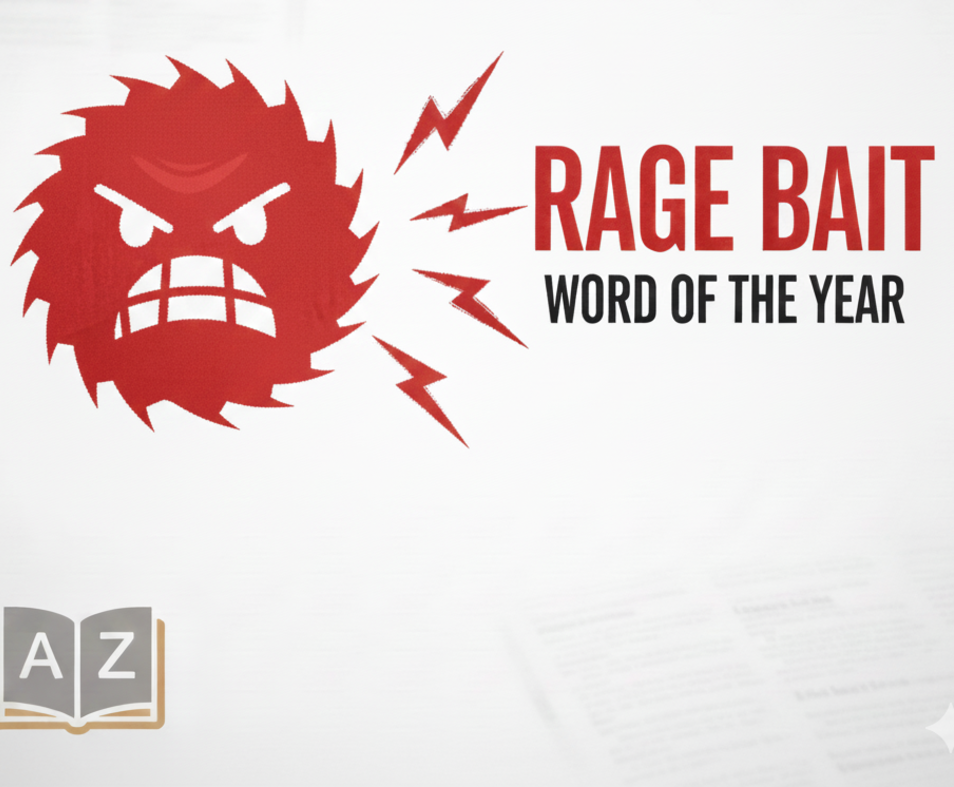Police said on Friday (24) they had made two further "significant" arrests over the Islamist-inspired terror attack on parliament, as they appealed for information about the homegrown killer who left four people dead.
Nine people are now in custody over Wednesday's (22) rampage in Westminster, in which at least 50 people were injured, 31 requiring hospital treatment, counter-terrorism commander Mark Rowley said.
Police have searched 16 addresses, with five more raids still underway, mainly in London and the central city of Birmingham, where the attacker reportedly lived and near where he rented the car used in the assault.
The police officer also revealed the attacker's birth name as Adrian Russell Ajao, after naming him yesterday as Khalid Masood, a 52-year-old who used "a number of aliases" and had a history of violent offences but no terrorist convictions.
The Islamic State group claimed the assailant behind Britain's deadliest terror attack in 12 years was one of its "soldiers" acting on a call to target countries in the US-led coalition fighting the jihadists.
Prime minister Theresa May has said that Masood was known to intelligence services as a "peripheral" figure some years ago but there was no warning of his intention to mount an attack.
Rowley said today that police were trying to establish whether Masood acted totally alone "or if others have encouraged, supported or directed him".
Masood ran over dozens of pedestrians and tourists on Westminster Bridge on Wednesday afternoon before crashing his car into parliament, where he managed to stab a police officer before being shot dead.
Lawmakers returned to work as normal on Thursday morning, even as forensic officers worked at the scene, but a review of parliamentary security is now underway.
Hundreds of people gathered in nearby Trafalgar Square late Thursday for a vigil led by Mayor Sadiq Khan who vowed that "Londoners will never be cowed by terrorism."
The death toll rose late Thursday after life support was withdrawn from a 75-year-old man injured in the attack, whom police named as Leslie Rhodes from south London.
The other victims were 48-year-old policeman Keith Palmer and, on the bridge, a 43-year-old British woman, Aysha Frade, who was on her way to pick up her two daughters, and an American citizen in his 50s, Kurt Cochran.
Police earlier said that five men and three women aged between 21 and 58 were arrested "on suspicion of preparation of terrorist acts". One woman was later released on bail.
Rowley gave no details of the new arrests, only to say that they took place in the West Midlands and the north-west of England.
Born in Kent in southeast England, Masood was a British citizen with convictions for assault and possession of offensive weapons dating from 1983 to 2003.
According to The Sun, he married a Muslim woman in 2004 and moved the following year to Saudi Arabia to teach, returning in 2009.
Police said he went by numerous aliases, including, reportedly, Adrian Elms, while reports suggest he lived all over England, including in Luton and east London.
He was described as "a nice guy" by Iwona Romek, a former neighbour in Birmingham, who told the Birmingham Mail: "He had a wife, a young Asian woman and a small child who went to school."
Rowley said police were "looking at his history" and appealed for any public information about him, adding: "Our investigation focuses on understanding his motivation, preparation and associates."
The crowds at Trafalgar Square late Thursday brought messages of defiance, flags and flowers, and offered their condolences to officers who lost a colleague in the attack.
Naveed Mirza, a Muslim student, said he had received "overwhelming" support since the attack described by police as "Islamist-related terrorism".
"We have come to say how, as Muslims, we unequivocally condemn all the violent actions that took place yesterday," he said.
The IS group said it was responsible, according to the Amaq propaganda agency, its first claim of an attack on British soil.
The latest attack had echoes of the atrocities in Nice and Berlin when trucks ploughed into crowds of people, killing 86 people in the French Riviera city in July and 12 at a market in the German capital just days before Christmas.
The assault on Westminster was the deadliest in Britain since four suicide bombers killed 52 people on the city's transport system in July 2005.
A defiant May had told the reopened parliament that Britain's resolve "will never waver in the face of terrorism," as MPs stood heads bowed for a minute's silence in remembrance of the victims.
Britain's last terror attack was the 2016 assassination of MP Jo Cox by a pro-Nazi sympathiser shortly before the historic but deeply divisive June vote to leave the EU.
In 2013, British soldier Lee Rigby was run down and knifed on a London street to death by two Islamist extremists.





 Rage bait isn’t just clickbait — it’s Oxford University Press’ word of the year for 2025 iStock/Gemini AI
Rage bait isn’t just clickbait — it’s Oxford University Press’ word of the year for 2025 iStock/Gemini AI 
 Online Trends iStock
Online Trends iStock Rage bait isn\u2019t just clickbait \u2014 it\u2019s Oxford University Press\u2019 word of the year for 2025 iStock/Gemini AI
Rage bait isn\u2019t just clickbait \u2014 it\u2019s Oxford University Press\u2019 word of the year for 2025 iStock/Gemini AI 






